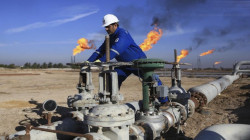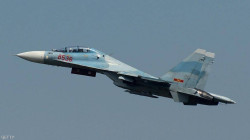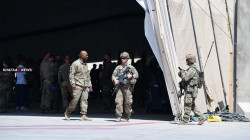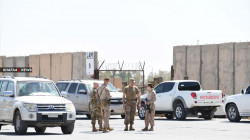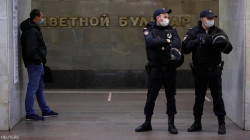Russian crude expected to compete with Iraq.. Iraqi expert undermines its impact
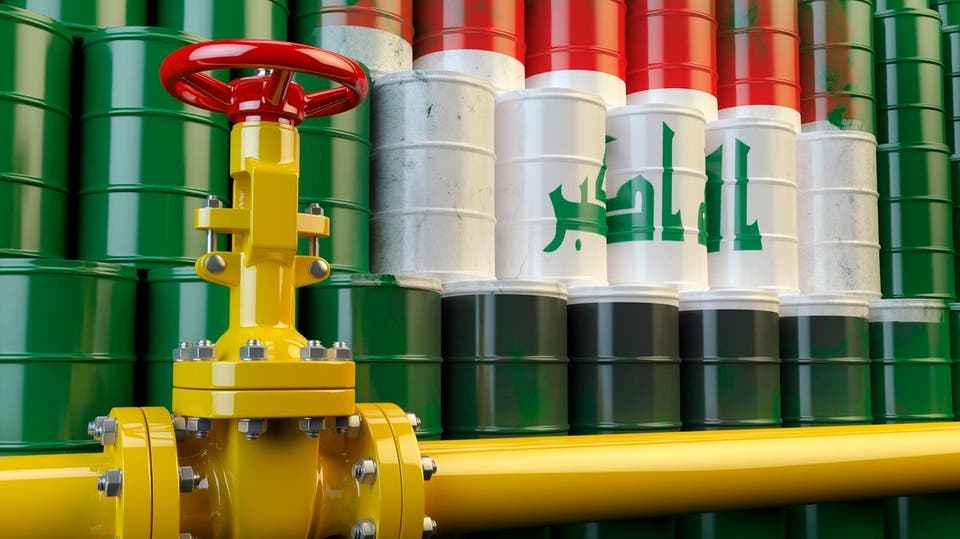
Shafaq News/ Iraqi Basrah crude is likely to face stiff competition in the current trading cycle as alternative grades from Russia and the West increasingly lure price sensitive buyers in Asia, sources told S&P Global Commodity Insights June 21.
Earlier this month, Iraqi oil producer SOMO raised the July official selling prices of Basrah Medium and Basrah Heavy by 50 cents/b each, which trade sources said is a modest jump compared with other Middle East producers who hiked prices by around $1.80-$2.75/b for their Asia-bound crude, S&P Global reported previously.
“[OSPs look competitive], you can say that. Fighting for market share looks like,” a trader with a Southeast Asian refinery said.
Key demand centers in Asia for Basrah grades are India and China with other countries such as South Korea also buying Basrah Heavy regularly, sources said.
Basrah crude trades one month forward compared with other Middle East grades which trade on the spot market for loading two months ahead.
“SOMO oil trading window is late. It’s the most prompt grade in the East [so] only the buyers with firm demand can buy,” a trader in Singapore said.
So far in June, trades for July-loading Basrah crude has yet to be heard though market participants expect India and China to continue seeking more Urals crude as they have over the past several weeks.
Weaker crack spreads for heavy distillates could further pressure demand for the grade this month, some refinery sources said.
“Korea buys some BH [Basrah Heavy] and HSFO cracks is very weak,” the trader in Singapore said. “Basrah is high in sulfur if you compare with other PG [Middle East] grades.”
The second month HSFO 180 CST crack spread to Dubai averaged minus $6.15/b so far in June compared with minus $1.99/b in May, while 380 CST cracks averaged minus $13.78/b in June compared with minus $6.61/b in May, data by S&P Global showed.
“Heavy grades are not as strong as medium grades. Fuel oil cracks also came off maybe that’s why SOMO is competitive [on OSPs],” a second Singapore-based trader said.
Despite sanctions on Russian crude by the European Union, discounted barrels of Urals crude are still attracting ample buying interest from India and China, the first trader in Singapore said.
Compared with levels before the start of the Russia-Ukraine war in January and February, Russia’s shipped crude exports over June 1-15 rose 576,000 b/d to average about 3.88 million b/d, according to Kpler shipping data.
The flow, up from 3.81 million b/d in May, put Russia’s seaborne crude exports at their highest since May 2019.
China and India have grown their share of Russian shipped crude to almost 30% and 20%, respectively, a combined growth of more than 1 million b/d from pre-war levels, S&P Global reported earlier.
“Biggest competition is Urals especially to Basrah Medium,” a third trader in Singapore said.
S&P Global last assessed Urals at $79.515/b on June 20, compared with $119.74/b for Dated Brent.
Heavy and sour crudes exported from the US Gulf Coast may also become an attractive alternative to global buyers. Prices for those grades along the USGC have fallen in recent weeks as supply from the US Strategic Petroleum has hit the market.
The US is in the midst of selling a record 180 million barrels of crude oil from its SPR. The most recent batch that was sold weighed on prices as the Department of Energy awarded contracts for 36.31 million barrels of government crude set for release through July 31, it announced June 14. The DOE also announced it would offer 45 million barrels of SPR crude for delivery from mid-August through September.
The SPR delivered a record 7.7 million barrels in the week to June 10, leaving the stockpile at 511.6 million barrels, the lowest in 35 years.
As a flood of mostly sour SPR barrels is available in the market, prices for crudes such as sour benchmark Mars and Western Canadian Select, or WCS, in Nederland, Texas have shifted weaker.
On June 15, differentials for heavy Canadian crude on the USGC dropped to their weakest assessed value since November 2021. WCS Nederland dropped to a $9.35/b discount to the NYMEX WTI CMA. While differentials have recovered in the sessions since, prices remain relatively low.
With more SPR barrels expected to be released through October, it could open up the possibility for increased exports of US sour and heavy Canadian grades especially to India and China, a trader with a North Asian refinery said.
“[Basrah] got some pressure from Canadian heavies,” the trader said.
In a statement to Shafaq News Agency, oil expert Amir Mohammad al-Husni, "the Russian crude cannot compete with the Iraqi crude."
"The demand for Russian oil comes from independent Indian companies, not government, due to the low prices sold to Asia after the embargo on Russian oil by the European Union," he said.
"Iraq remains India's top crude supplier. It is also China's third top supplier," he added, "it is also trying to fill the gap of the Russian oil in Europe. However, this does not affect the imports to the Asian market."
